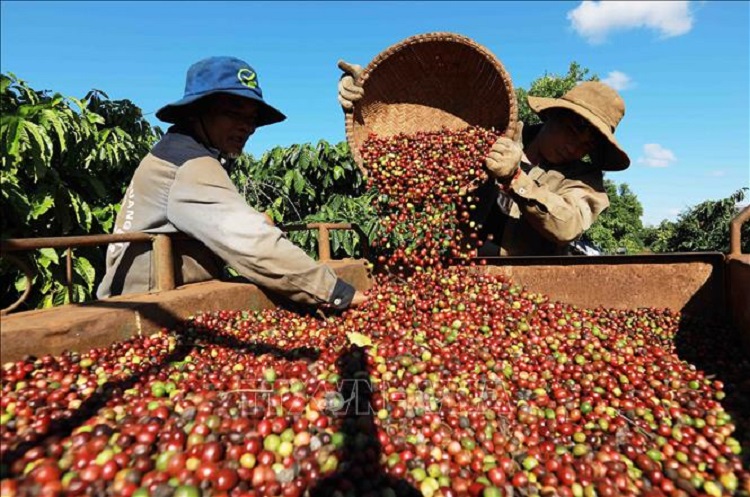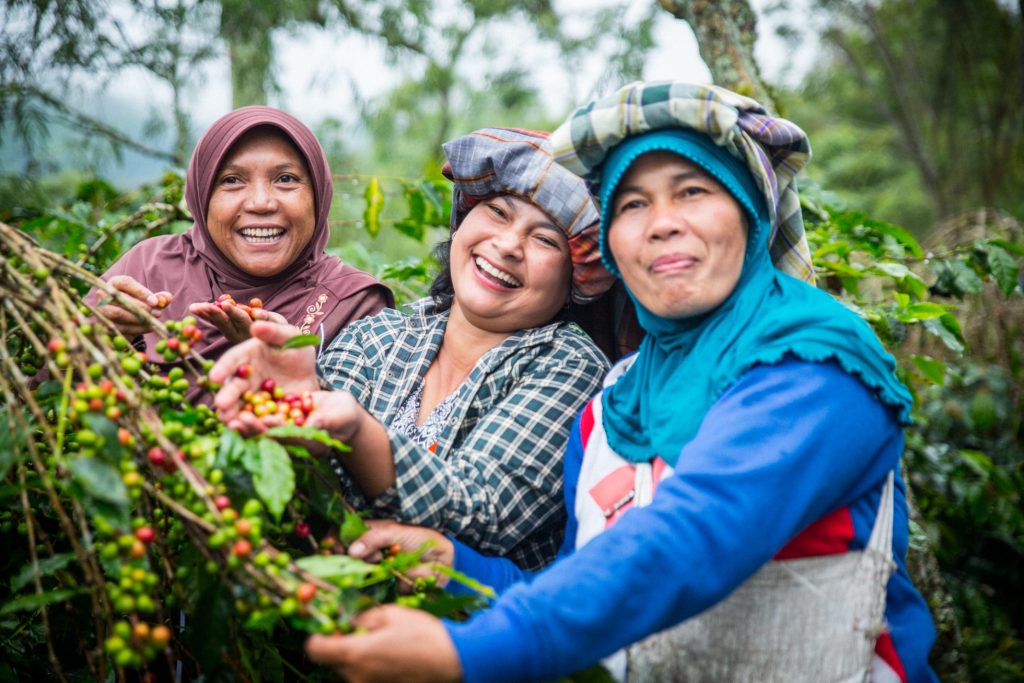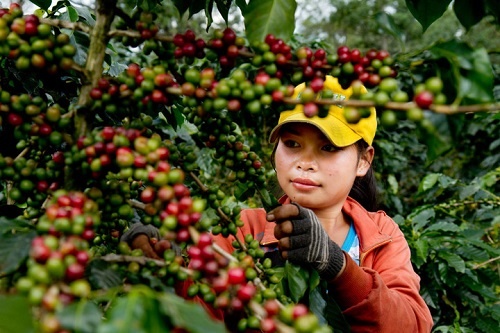Coffee is not just a beverage; it’s an integral part of the culture and daily life in many countries. Southeast Asia stands out prominently in the global coffee industry due to its unique climate and long-standing traditions. This region produces a variety of distinctive and high-quality coffees. Let’s explore the top coffee-growing regions in Southeast Asia and their significance to the global coffee industry.
Southeast Asian Coffee: A Unique Blend
Vietnam

Vietnam is one of the world’s largest coffee producers, renowned for its Robusta coffee. Key coffee-growing areas such as Đắk Lắk, Lâm Đồng, and Gia Lai not only produce large quantities but also high-quality beans with a distinctive flavor. Vietnamese coffee is known for its strong, bitter taste, making it a favorite for those who enjoy a robust coffee experience.
In addition to Robusta, Vietnam has seen a growing interest in Arabica coffee, particularly in the high-altitude regions of Đà Lạt. This has introduced new flavor profiles and contributed to the country’s coffee diversity. The Vietnamese coffee culture also includes traditional methods such as the drip brew known as “phin,” which enhances the rich and bold characteristics of the coffee.
Indonesia
 Indonesia is famous for both Arabica and Robusta coffee, with prominent coffee-growing regions including Java, Sumatra, and Bali. Indonesian coffee often has a distinctive flavor profile with hints of bitterness and a unique earthy or woody aroma. This combination provides a rich and complex coffee experience.
Indonesia is famous for both Arabica and Robusta coffee, with prominent coffee-growing regions including Java, Sumatra, and Bali. Indonesian coffee often has a distinctive flavor profile with hints of bitterness and a unique earthy or woody aroma. This combination provides a rich and complex coffee experience.
The island of Java is renowned for its smooth and mild coffee, while Sumatra is known for its full-bodied and earthy flavors. Bali, with its volcanic soil, imparts a unique taste to its coffee, often described as bright and fruity. Indonesian coffee also benefits from traditional processing methods like wet-hulling, which contributes to its complex flavor profile.
Coffee Growing in Laos
 Although small, Laos plays a significant role in the coffee industry with its coffee grown primarily on the Bolaven Plateau. Laotian coffee is known for its distinctive flavors with slight acidity and bitterness, combined with subtle fruity and woody notes. Laos coffee is gaining recognition in international markets for its improving quality and diverse flavors.
Although small, Laos plays a significant role in the coffee industry with its coffee grown primarily on the Bolaven Plateau. Laotian coffee is known for its distinctive flavors with slight acidity and bitterness, combined with subtle fruity and woody notes. Laos coffee is gaining recognition in international markets for its improving quality and diverse flavors.
The Bolaven Plateau’s high elevation and rich volcanic soil create an ideal environment for coffee cultivation. Recent efforts to improve processing techniques and promote sustainable farming practices are enhancing the quality of Laotian coffee, making it increasingly popular among coffee enthusiasts.
Coffee Growing in Philippines
 The Philippines is another important coffee producer in Southeast Asia, with coffee cultivation occurring on islands like Luzon, Mindanao, and Visayas. Filipino coffee typically offers a mild, smooth flavor with moderate acidity, making it popular among those who prefer a gentle and soothing coffee experience.
The Philippines is another important coffee producer in Southeast Asia, with coffee cultivation occurring on islands like Luzon, Mindanao, and Visayas. Filipino coffee typically offers a mild, smooth flavor with moderate acidity, making it popular among those who prefer a gentle and soothing coffee experience.
The Philippines also has a rich coffee heritage, with varieties such as Barako and Kape Alamid gaining recognition. Barako coffee, known for its strong and bold flavor, is a unique variety from the Batangas region. Kape Alamid, or Civet coffee, is made from beans that have been eaten and excreted by civet cats, resulting in a smooth and complex flavor.
The Global Importance of Southeast Asian Coffee
Southeast Asian coffee plays a crucial role in the global coffee industry with its diverse flavors and quality. The region’s ability to produce significant quantities of unique and high-quality coffees has elevated Southeast Asia’s position in the international coffee market.
The sustainable practices adopted in these countries also contribute to the global coffee supply chain. Many Southeast Asian coffee producers are focusing on environmentally friendly farming methods and improving the livelihoods of local farmers. This commitment to sustainability and quality is helping to meet the growing global demand for premium coffee.
Furthermore, Southeast Asian coffee has become a key player in the specialty coffee movement. With increasing interest from international roasters and consumers, the region’s coffees are being recognized for their unique flavor profiles and high quality. Coffee festivals and competitions in countries like Vietnam and Indonesia are showcasing the best of Southeast Asian coffee, further establishing its reputation on the world stage.
In summary, Southeast Asia’s coffee-growing regions are not only essential to the global coffee supply but also contribute to the rich diversity of flavors and qualities available to coffee lovers around the world. As these countries continue to innovate and improve their coffee production, they will undoubtedly remain at the forefront of the global coffee industry.
